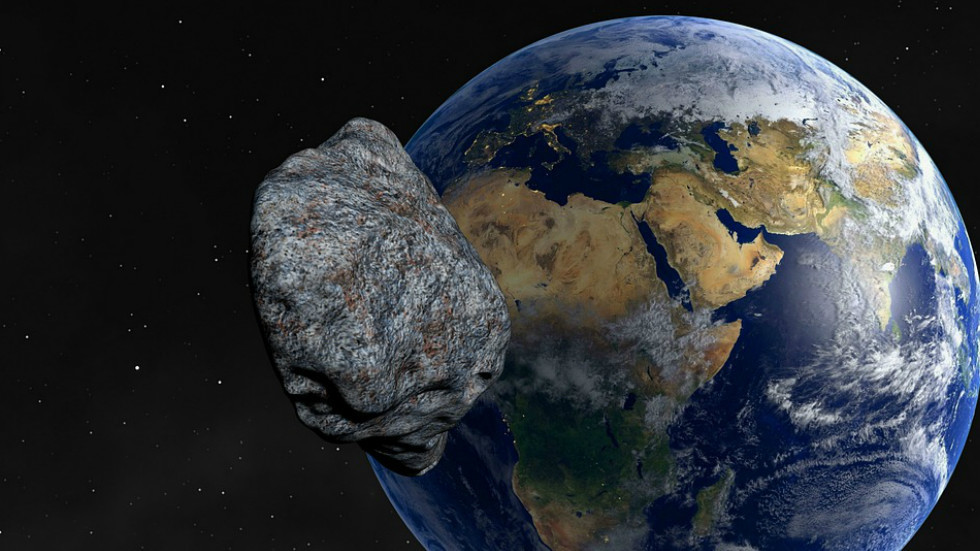
NASA and the ESA are finally set to test the Earth’s planetary defenses to see whether we can successfully defend ourselves from the apparent scourge of space rocks. But the scientists are not sure what’s going to happen.
The target they have chosen is the asteroid Didymos B, roughly 160 meters in diameter, one half of a binary asteroid system. Didymos B orbits the larger asteroid Didymos A every 11.92 hours and this will help determine the ultimate success (or failure) of the mission.
The Didymos system is classified as a Near-Earth Object (NEO), meaning it’s close but not too close that it might hit us, making it the perfect test subject to flex our anti-meteor might.
The joint asteroid impact and deflection assessment (AIDA) project launched by the ESA and NASA in 2015, and Earth’s champion selected for the mission will be NASA’s Double Asteroid Redirection Test (DART) spacecraft.
“Today, we’re the first humans in history to have the technology to potentially deflect an asteroid from impacting the Earth,” astronomer Ian Carnelli of the ESA told Technology Review.
“The key question that remains to be answered is, are the technologies and models that we have good enough to actually work? Before you drive a car, you need to have an insurance policy. Well, AIDA is the insurance policy for planet Earth.”
Also on rt.com Musk warns Earth has NO ASTEROID DEFENSE following ‘God of Chaos’ news reportsThere may be some complications to the mission, however.
When the Japanese space agency JAXA bombed the asteroid Ryugu in April, it made a far bigger crater than anticipated. Additionally, the material on the surface behaved like sand, which may impact the effectiveness of deflection.
“If gravity is also dominant at Didymos B, even though it is much smaller, we could end up with a much bigger crater than our models and lab-based experiments to date have shown,” explained planetary scientist Patrick Michel of CNRS.
“Ultimately, very little is known about the behaviour of these small bodies during impacts and this could have big consequences for planetary defence.”
The DART will ram into Didymos B at 23,760 kilometers per hour (14,760mph). However, all that force will only translate into a change in the asteroid’s velocity of just a centimetre per second or so, which could change the orbital period from almost 12 hours to a mere matter of minutes.
The mission is set to launch in July 2021, with the impact expected in September 2022.
A cubesat called LICIAcube will detach from the DART craft just before impact and beam photos of the impact back to Earth for analysis, so we’ll have front row seats to see whether we’re doomed or not.
The ESA’s Hera observation spacecraft will launch in 2023 and take observations starting in 2027 to give the final appraisal of the mission.
Also on rt.com T-rekt: Asteroid that killed the dinosaurs hit with force of 10 billion atomic bombsLike this story? Share it with a friend!
https://www.rt.com/news/469149-earth-planetary-defences-asteroid/
2019-09-19 09:33:00Z
52780387305949
Tidak ada komentar:
Posting Komentar